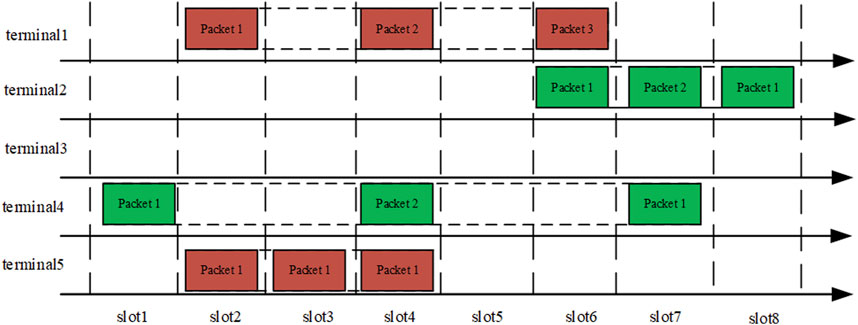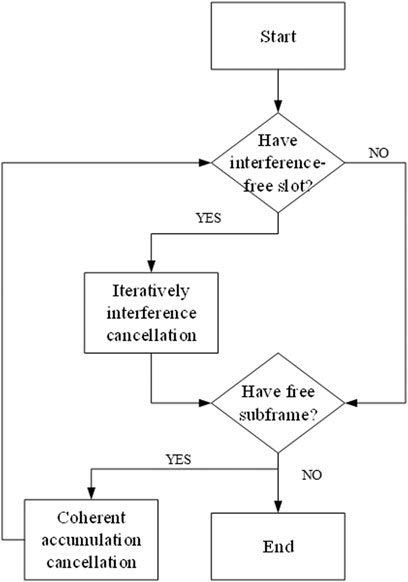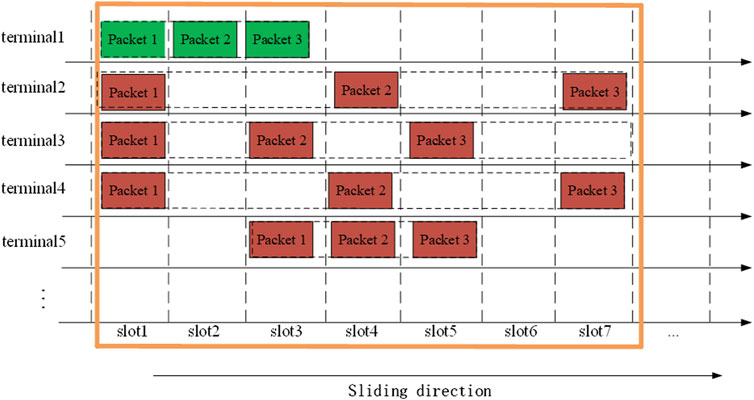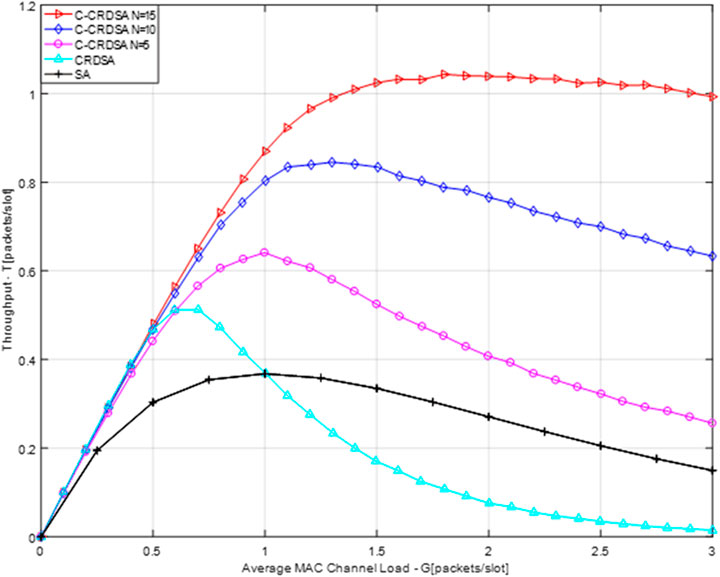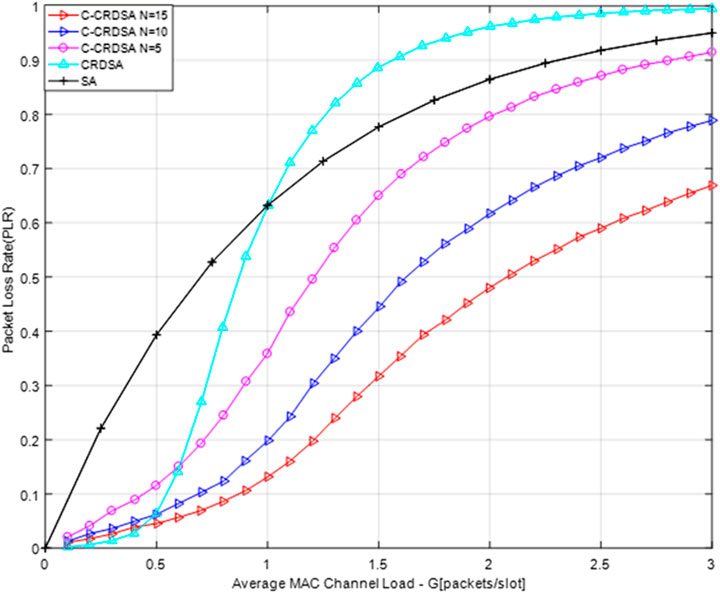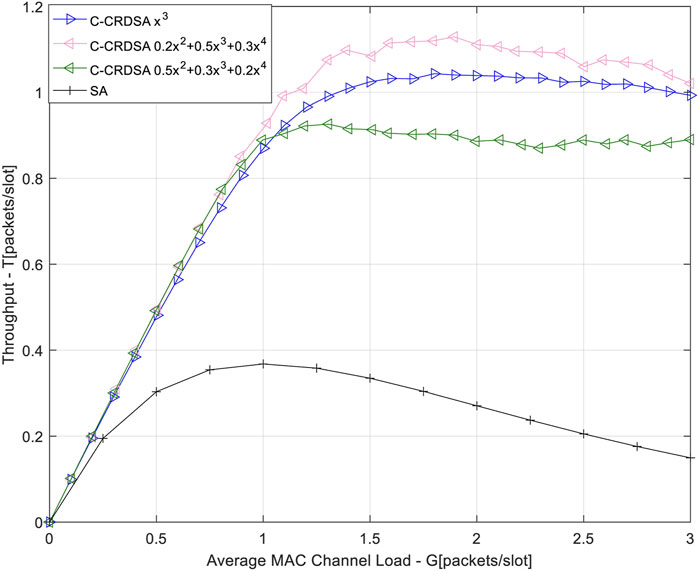- 1College of Telecommunications and Information Engineering, Telecommunication and Networks National Engineering Research Center, Nanjing University of Posts and Telecommunications, Nanjing, China
- 2College of Electronic and Optical Engineering, Nanjing University of Posts and Telecommunications, Nanjing, China
For Beyond 5G/6G system, satellite communication systems become an effective component of the space and terrestrial integrated network. Among typical applications, massive Machine Type of Communication (mMTC) is a promising and challenging application. The demands of low power consumption and light signaling make random access methods as the potential solution. Up to now, contention resolution-based ALOHA methods, such as contention resolution diversity slotted ALOHA (CRDSA), improve the throughput significantly. However, its throughput will meet the inflection point soon with the normalized load increasing since collisionless packets are hardly existing. In fact, the diversity of transmitting packets is not utilized totally. In this paper, an improved random access method, named coherent CRDSA method (C-CRDSA), is proposed. It accumulates replicated packets coherently at receiver and further improve the throughput over CRDSA. Detailed derivations and simulations are given. Simulation results corroborate the effectiveness of the proposed method.
Introduction
Space and terrestrial integrated network can provide seamless and tridimensional information services for the whole planet (Liu et al., 2018). It will promote the development of the communication system and has become the core component of B5G/6G communication system (Chen et al., 2020). Among varies of applications, Internet of Things (IoT) is a significant scenario to serve massive machine-type communication. Terrestrial IoT terminals communicate through cellular networks with narrow-band IoT (NB-IoT) or LoRa protocol, which is relatively complete (Leonardi et al., 2019). However, for some special geographic areas, such as deserts, forests and oceans, the terrestrial cellular network cannot support the IoT application for the lack of coverage. Besides, some crowds gathering area will need extra access support. To cover these problems, satellite IoT system become a good candidate.
Satellite communication systems are distributed in space and are not restricted by geographic location. A properly designed satellite constellation can provide not only all-day, global seamless coverage, but also higher reliability and resistance connection (Fraire et al., 2020). However, due to the wide coverage, the simultaneous access number of terminal nodes in the satellite IoT system will reach ten thousand to million. It becomes a great challenge on system throughput and access efficiency.
Traditional fixed-allocation multiple access methods are widely used, and the channel utilization rate is relatively high (Liu et al., 2006). Unfortunately, it fits the fixed connection demand or costs precious control signaling. For the satellite IoT system, most terminals transmit burst packets. Moreover, the long propagation delay and low power consumption demand make it impossible to request resources dynamically (Qu et al., 2019). Therefore, in this scenario, any multiple access scheme based on fixed or dynamic resource allocation is not applicable.
On the contrary, we turn to random access technology. The terminal can compete for communication resources without scheduling, which is more suitable for the satellite IoT system. In the past few decades, ALOHA-based random access technology has been continuously improved to support the satellite IoT multiple access demand. Slotted ALOHA (SA) is first discussed after pure ALOHA (Gurcan et al., 1997). A frame is divided into time slots of the same length. Each terminal can only send data packets in a specified time slot. If multiple terminals select the same time slot to send their data packets, collision will occur and all of the colliding packets will be failure to access. Its maximum normalized throughput can only reach 0.36 theoretically, which is far from the system requirement. Diversity slotted ALOHA (DSA) improves performance by transmitting multiple replicas of the terminal on the basis of slotted ALOHA. When the normalized load is low, the throughput of DSA is improved over SA since replicas can help access in collisionless slots. For heavy load scenario, the throughput degrades rapidly for more collision occurring from too many replicas. In order to solve the problem of packet collision, the contention resolution diversity slotted ALOHA (CRDSA) was proposed, in which packet diversity transmission and iterative interference cancellation were effectively combined. It promotes the maximum normalized throughput to about 0.55 (Casini et al., 2007).
Moreover, some improved methods were proposed, such as CRDSA++, IRSA and so on (Meloni and Murroni, 2012; Lee et al., 2012; Mengali et al., 2017; Kissling, 2011, Zhao et al., 2019, Liva, 2011). Compared with CRDSA, CRDSA++ allows terminals to transmit more than 2 identical duplicate packets. More replicas can provide a little more improvement on throughput. IRSA made further improvements by optimizing the number of replicas of data packets sent by each terminal. Except for CRDSA, an asynchronous scheme called Asynchronous Contention Resolution Diversity Slot Access Technology (ACRDA) and its improved versions were proposed in the literature (De Gaudenzi et al., 2014; Wong et al., 2017; Almonacid and Franck, 2017). However, asynchronous access methods suffer lower throughput when they keep the benefit of low complexity. Although the above-mentioned random access technologies have greatly improved performances compared with original ALOHA, they all will suffer the “avalanche effect”. As the normalized load increases, their access effect will drop sharply. It is still necessary to modify throughput performance in heavy load scenario. In order to overcome this shortage, the power difference between data packets is used to solve the collision problem (Alvi et al., 2018; Zheng et al., 2014). However, due to the particularity of the satellite-ground distance and the inapplicability of small IoT terminals for power control, the power difference between data packets is not easy to obtain in satellite IoT systems.
In fact, packet diversity and iteratively cancellation is still an available solution. The key is to build the cancellation condition properly at receiver. In this paper, inspired by CRDSA++ and ACRDA, an improved diversity slotted random access scheme is proposed. Each terminal transmits a virtual slotted subframe in which all the replicas are coherent and have the same interval with each other. At receiver, the traditional iteratively cancellation in CRDSA with collisionless replica and the introduced coherent accumulation operation is alternatively executed. When there is lack of collisionless replica, the sliding coherent accumulation operation is applied to potential virtual subframes to construct the signal-to-noise gain. Packets from the same terminal can be accumulated and enough gain will lead to successful cancellation and break a new breach for next round iteratively cancellation. With the proposed scheme, the throughput will be improved apparently, especially in the heavy load scenario. Simulation results verify the effectiveness of the proposed method.
The rest of this paper is organized as follows. System and Signal Model gives the system and signal model this paper concerned. The proposed scheme is illustrated in Using Coherent Accumulation to Cancel Collided Data Packet. In the Throughput Analysis With Detailed Derivations, detailed derivations of the throughput are given. All the performance are evaluated in the Performance Simulation and conclusion is presented in the Conclusion.
System and Signal Model
Satellite IoT Access Scenario
In this paper, the satellite IoT is considered for remote areas like deserts and ocean areas. It is composed of satellite nodes, ground gateways and a large number of IoT terminals. Among them, the IoT terminal is used for the sensing and collecting information. Satellites are used to accept and forwarding the information or signals. The ground gateway station is used for authentication management and processing centers. A brief diagram is shown in Figure 1. When the satellite receives the data frame information transmitted by the terminal, it forwards it to the ground customs station for data analysis and processing.
In most cases, IoT terminals can be divided into two types, namely periodically transmitting type and event-driven type. Periodically transmitting type of terminals keep in dormancy until the pre-set period reach. Then they will transmit the collected data and turn into dormancy again. The event-driven type of terminals will keep in dormancy until triggered by operator or outer event. This type of terminals is usually more functional than periods types. However, both of these two types of terminals need long standby time and low power consumption. As a result, they will save as much power as possible during its transmitting period. No complicated signaling on access resource allocation or power control is admitted. However, ephemeris is stored in each terminal and their own locations can be obtained by Global Navigation Satellite System (GNSS) systems.
Signal Transmitting Model
Instead of traditional time division multiple access (TDMA), we turn to slotted ALOHA-based breach. Inspired by CRDSA++, in the proposed method, each terminal transmits
The
Received Signal Model
Due to short time interval between each data packet in a subframe and short-term stability of Doppler, the channel state between each packet can be viewed as stationary. The Doppler frequency shift between data packets which come from the same terminal is approximately equal in the subframe. When the access subframe reaches the receiver, all the packets will keep the coherence between each other. Eq. 3 expresses the signal model with multiple signals collision in
It must be pointed out that there is no correlation between data packet signals from different terminals and noise is independent with all the signals.
Using Coherent Accumulation to Cancel Collided Data Packet
With the coherence in the received subframe, coherent accumulation can be achieved to increase the signal-to-interference-plus-noise ratio (SINR) and build the collision separation condition, which is widely used in radar system (You et al., 2006). The phase between different replicas will maintain constant so as to be processed coherently. Considering the potential Doppler shift, Fast Fourier transformation (FFT) is usually performed to accumulate coherent signals (Yuan et al., 2016).
In our design, the Doppler shift is compensated before transmitting. The accumulation is simplified into the zero-channel output of the FFT filter bank, i.e., a summator.
In the receiver, when the traditional iteratively interference cancellation procedure is stuck, the coherent accumulation is activated to break the “cross lock” situation in the CRDSA receiving scheme. In order to search for all the potential accumulation subframe, a group of sliding windows with all possible subframe width should be applied to scan the whole access frame. The receiver sets the length of the sliding window to (
The sliding window moves one time a slot forward when the data in the first window has been accumulated and canceled. Move the window perform the above operations iteratively until all the time slots have been accumulated at least once. The diagram of the whole receiving scheme is shown in Figure 3.
With the separation, some locked collision packets will be cancelled. Then iteratively interference cancellation procedure can continue with more collisionless packets being unfolded. In what follows, the detailed derivations about the throughput improvement are given to illustrate the advantage of the proposed method.
Throughput Analysis With Detailed Derivations
The key to analyze the throughput is to uncover the improvement that coherent accumulation imposes on the regular CRDSA. To make the derivations more comprehensive, it is started with the fixed length of the virtual subframe.
Take
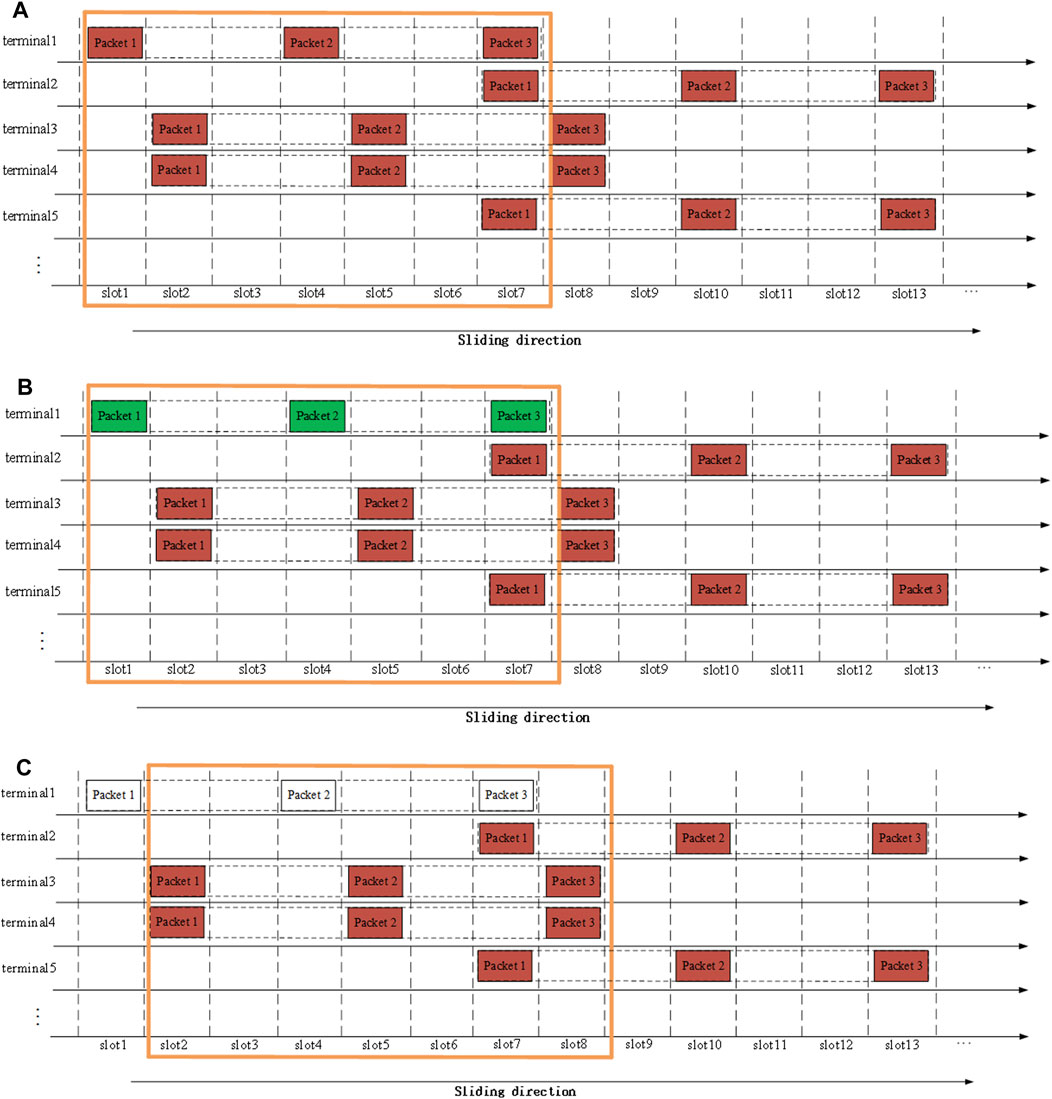
FIGURE 4. Use sliding window to accumulate signal power and separate collision data packets with N = 3. (A) First sliding window. (B) Terminal 1 separated successfully. (C) Sliding to next step.
Without loss of generality, it is assumed that the data packet transmitted by the terminal satisfies the Poisson distribution with the parameter
The probability that no other data packets are transmitted in this time slot is:
In the above case, it only needs to pay attention to the time slot in which each terminal transmits the first data packet since whether a data packet transmitted can be successfully separated mainly depends on the fact that there are other terminals choosing the same slots as the first slot to transmitting packets or not. The probability that a data packet transmitted by a terminal is successfully separated is:
Transmitting the first data packet in the last 2N time slots in the data frame, which is unsuccessful by default. We replace with
Then we can obtain the extra throughput that coherent accumulation can provide in this case is:
With the above-mentioned derivation basements, the more general case that each terminal transmits packets with random interval can be analyzed. All the intervals are chosen within the interval range [
On the other hand, random selection scheme increases the complexity of throughput derivations. A terminal whose interval between transmitting packets is
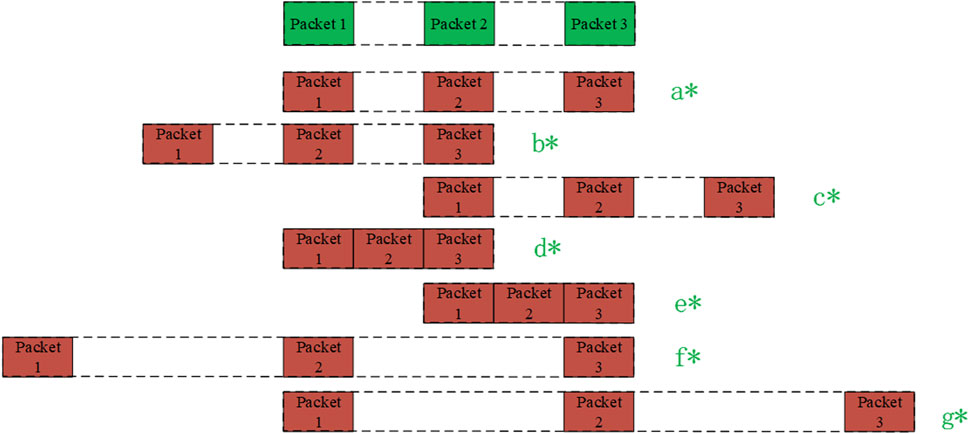
FIGURE 6. Coherent accumulation separation fails when the interval between the terminal transmitting data packets with two time slots.
In the Figure 6, a*, b*, and c* are the cases where the transmission interval of other terminals is
The rest of the situation is summarized in what follows. Under different scenarios, the probability that data packets can be successfully separated when the data packet interval for the terminal to transmit is
Case of n: probability of successful access
Case of n and n/2:
Case of n and 2n:
Else:
Up to now, the throughput improvement of the coherent accumulation has been analyzed. In what follows, we will give the final throughput and packet loss ratio (PLR) of the whole C-CRDSA method with the combination of coherent accumulation cancellation and iterative interference cancellation technology.
With coherent accumulation applied, more clean time slots will be created. Iterative interference cancellation can continue to be applied. The process is shown in Figure 7. On the data frame where the signal is separated through coherent accumulation, the iterative interference cancellation technology and the data packets on the clean time slot are used to eliminate the collided data packets.
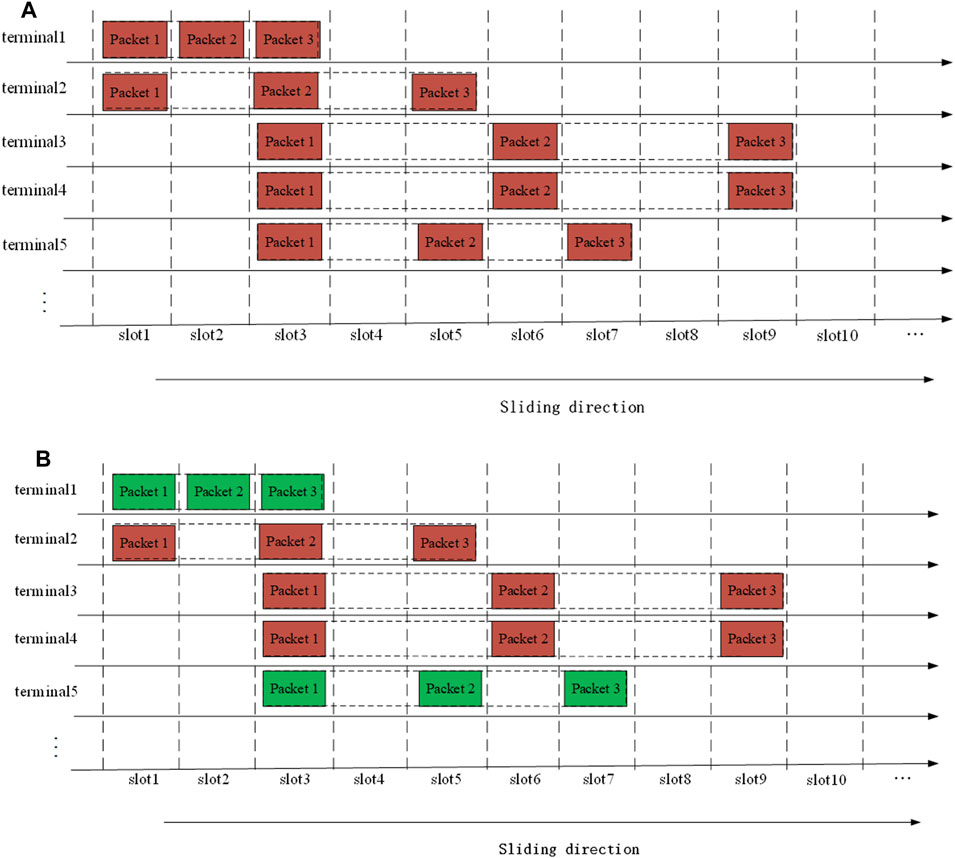
FIGURE 7. Use iterative interference cancellation technology to eliminate collision data packets on the received data frame (A) Virtual subframe with free replica. (B) Iteratively interference cancellation finished with terminal 1 and 4 received.
It can be seen from Figure 7 that terminal 1 and terminal 5 unfold new clean time slots for terminal 2 after using iterative interference cancellation. With coherent accumulation and separation, the normalized load of the data packets that have not been successfully separated is:
When the number of iterations in the system is
In Eq. 14,
Then the PLR in the system can be expressed as:
Performance Simulation
In this section, detailed performance of the proposed method is evaluated by simulations. First of all, the derivation results of the coherent accumulation are verified. Then the performance of the entire method is simulated. The simulation parameters are set as follows. The total number of slots in each frame is 50. Normalized load is set from 0 to 3 and the number of maximum slots interval
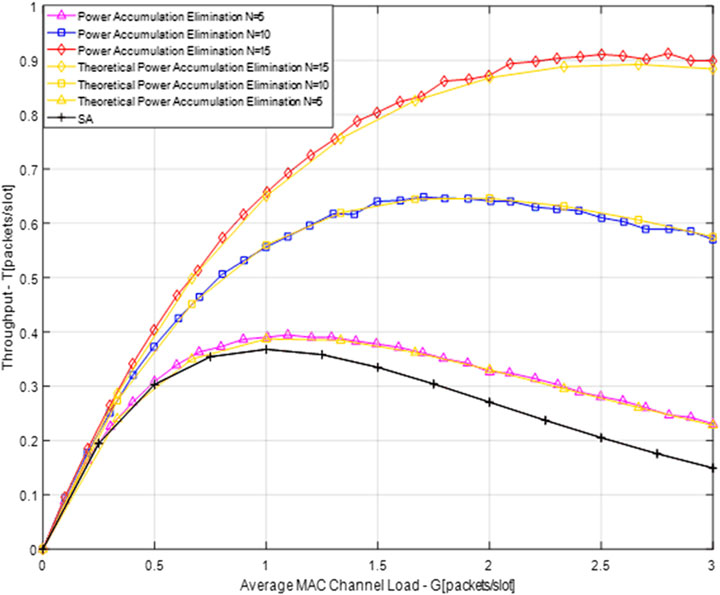
FIGURE 8. Simulation results of throughput of coherent accumulation, theoretical results of coherent accumulation and SA.
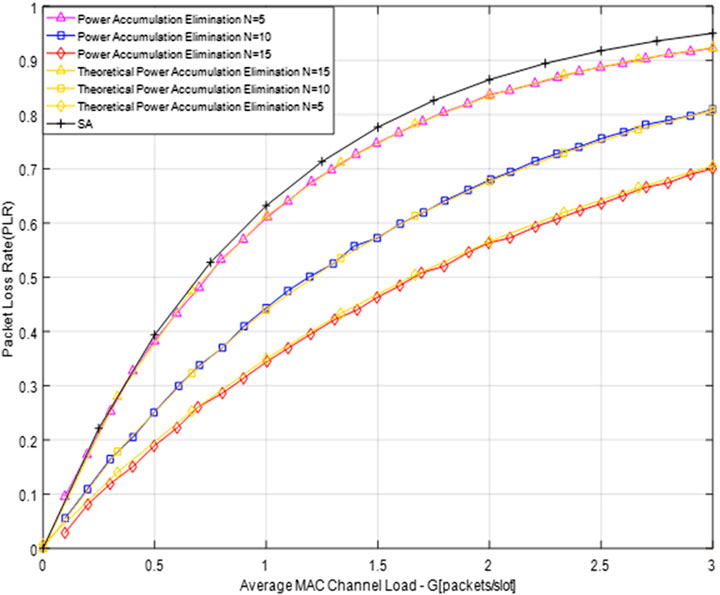
FIGURE 9. Simulation results of PLR of coherent accumulation, theoretical results of coherent accumulation and SA.
From Figures 8, 9, the derivations of coherent accumulation to eliminate collision data packets is consistent with the actual simulation results. As the maximum data packet interval
In order to verify the improvement and effect of the proposed scheme, we compare the proposed scheme with the CRDSA and SA. Figures 10, 11 give out the comparison results.
From the above two simulation diagrams, it can be seen that in the heavy load area, the throughput of CRDSA will have a deep drop. The reason is that it is difficult to have collisionless replicas in the heavy load area. C-CRDSA overcome this phenomenon by using coherent accumulation. Moreover, it also provides good performance in the low load area. C-CRDSA reaches the peak throughput at load G = 1.5 packets/slot, but it still has good access effect in the subsequent load range. Also, the SA is outperformed.
Besides, it can be seen from Figure 10 that when
To discuss a more practical design, a simulation with different diversity order is executed. Similar with IRSA, a polynomial is used to describe the different diversity order amount. The result is shown in Figure 12. From Figure 12, it can be seen that different diversity order will affect a lot for throughput. Different diversity order distribution will lead to different throughput performance. This inspires us to make further research to improve the proposed scheme. This will become our next work.
Conclusion
Random access is a potential choice of multiple access scheme in the satellite IoT system. However, the sharp degradation of the throughput in the heavy load scenario makes existing methods cannot support real application. In this paper, a modified collision-tolerant slotted ALOHA method is proposed. With the requirement of coherently transmitting, all diversity packets from access terminals will be decoded by iteratively interference cancellation and coherent accumulation cancellation. Coherent accumulation can further break the cross lock after iteratively interference cancellation. The closed-form throughput expression of the proposed method is derived. Simulation results show that the proposed method can successfully improve the throughput and packet loss ratio in heavy load scenario and maintain the superior performance in light load scenario.
Data Availability Statement
The raw data supporting the conclusions of this article will be made available by the authors, without undue reservation.
Author Contributions
ZL and TZ led the main contribution and writing of the manuscript. ZL conceived the original idea and provided supervision. CZ and GZ contributed to the developed techniques. SZ supervised the findings of this work. All authors contributed to the manuscript and approved the submitted version.
Funding
This work has been supported by National Science Foundation of China (No. 91738201) and Jiangsu Province Basic Research Project (No. BK20192002).
Conflict of Interest
The authors declare that the research was conducted in the absence of any commercial or financial relationships that could be construed as a potential conflict of interest.
Publisher’s Note
All claims expressed in this article are solely those of the authors and do not necessarily represent those of their affiliated organizations, or those of the publisher, the editors and the reviewers. Any product that may be evaluated in this article, or claim that may be made by its manufacturer, is not guaranteed or endorsed by the publisher.
References
Almonacid, V., and Franck, L. (2017). “An Asynchronous High-Throughput Random Access Protocol for Low Power Wide Area Networks,” in IEEE International Conference on Communications (ICC), Paris, France, 21-25 May 2017, 1–6. doi:10.1109/ICC.2017.7996382
Alvi, S., Durrani, S., and Zhou, X. (2018). Enhancing CRDSA with Transmit Power Diversity for Machine-Type Communication. IEEE Trans. Veh. Technol. 67, 7790–7794. doi:10.1109/TVT.2018.2831926
Casini, E., De Gaudenzi, R., and Herrero, O. R. (2007). Contention Resolution Diversity Slotted ALOHA (CRDSA): An Enhanced Random Access Schemefor Satellite Access Packet Networks. IEEE Trans. Wireless Commun. 6, 1408–1419. doi:10.1109/TWC.2007.348337
Chen, S., Sun, S., and Kang, S. (2020). System Integration of Terrestrial Mobile Communication and Satellite Communication -The Trends, Challenges and Key Technologies in B5G and 6G. China Commun. 17, 156–171. doi:10.23919/JCC.2020.12.011
De Gaudenzi, R., del Río Herrero, O., Acar, G., and Garrido Barrabés, E. (2014). Asynchronous Contention Resolution Diversity ALOHA: Making CRDSA Truly Asynchronous. IEEE Trans. Wireless Commun. 13, 6193–6206. doi:10.1109/TWC.2014.2334620
Fraire, J. A., Henn, S., Dovis, F., Garello, R., and Taricco, G. (2020). “Sparse Satellite Constellation Design for LoRa-Based Direct-To-Satellite Internet of Things,” in GLOBECOM 2020 - 2020 IEEE Global Communications Conference, Taipei, Taiwan, 7-11 Dec. 2020, 1–6. doi:10.1109/GLOBECOM42002.2020.9348042
Gurcan, M. K., Hijazi, M. M. W., and Cao, Q. (1997). “System Stability for Slotted ALOHA in Heavy Traffic Region,” in Proceedings of ICC International Conference on Communications, Montreal, QC, Canada, 12 June 1997, 97 1592–1596. doi:10.1109/ICC.1997.595056
Kissling, C. (2011). “On the Stability of Contention Resolution Diversity Slotted ALOHA (CRDSA),” in 2011 IEEE Global Telecommunications Conference - GLOBECOM 2011, Houston, TX, USA, 5-9 Dec. 2011, 1–6. doi:10.1109/GLOCOM.2011.6134329
Lee, M., Lee, J.-K., Lee, J.-J., and Lim, J. (2012). R-CRDSA: Reservation-Contention Resolution Diversity Slotted ALOHA for Satellite Networks. IEEE Commun. Lett. 16, 1576–1579. doi:10.1109/LCOMM.2012.082012.120573
Leonardi, L., Battaglia, F., and Lo Bello, L. (2019). RT-LoRa: A Medium Access Strategy to Support Real-Time Flows Over LoRa-Based Networks for Industrial IoT Applications. IEEE Internet Things J. 6, 10812–10823. doi:10.1109/JIOT.2019.2942776
Liu, G., Jiang, F., Zhou, B., Wang, Y., Zhang, P., and Cui, H. (2006). “Multiple Access of MIMO OFDMA: TDMA, FDMA/TDMA, or SDMA/FDMA/TDMA,” in International Conference on Communications, Circuits and Systems, Guilin, China, 25-28 June 2006, 1367–1371. doi:10.1109/ICCCAS.2006.284895
Liu, J., Shi, Y., Fadlullah, Z. M., and Kato, N. (2018). Space-Air-Ground Integrated Network: A Survey. IEEE Commun. Surv. Tutorials 20, 2714–2741. Fourth quarter 2018. doi:10.1109/COMST.2018.2841996
Liva, G. (2011). Graph-Based Analysis and Optimization of Contention Resolution Diversity Slotted ALOHA. IEEE Trans. Commun. 59, 477–487. doi:10.1109/TCOMM.2010.120710.100054
Meloni, A., and Murroni, M. (2012). “CRDSA, CRDSA++ and IRSA: Stability and Performance Evaluation,” in 6th Advanced Satellite Multimedia Systems Conference (ASMS) and 12th Signal Processing for Space Communications Workshop (SPSC), Vigo, Spain, 5-7 Sept. 2012, 220–225. doi:10.1109/ASMS-SPSC.2012.6333080
Mengali, A., De Gaudenzi, R., and Arapoglou, P.-D. (2017). Enhancing the Physical Layer of Contention Resolution Diversity Slotted ALOHA. IEEE Trans. Commun. 65, 1. doi:10.1109/TCOMM.2017.2696952
Qu, Z., Cao, H., Cheng, Y., Wu, S., and Zhang, G. (2019). “A LoRaWAN-Based Network Architecture for LEO Satellite Internet of Things,” in IEEE International Conference on Consumer Electronics - Taiwan (ICCE-TW), Yilan, Taiwan, 20-22 May 2019, 1–2. doi:10.1109/ICCE-TW46550.2019.8991826
Wong, D. T. C., Chen, Q., Peng, X., and Chin, F. (2017). “Approximate Analysis of ACRDA MAC Protocol with Decollision Algorithm for Satellite Uplink Access,” in TENCON 2017 - 2017 IEEE Region 10 Conference, Penang, Malaysia, 5-8 Nov. 2017, 158–163. doi:10.1109/TENCON.2017.8227854
You, H., Tao, J., Feng, S., and ChangWen, Q. (2006). “A Method for MTD Detectability Improvement Using FFT/WFFT-DWT,” in 2006 CIE International Conference on Radar, Shanghai, China, 16-19 Oct. 2006, 1–4. doi:10.1109/ICR.2006.343466
Yuan, Z., Chen, L., Xu, H., and Xing, X. (2016). “Phase Difference Measurement of Undersampled Sinusoidal Signals Based on Coherent Accumulation and DFT,” in IEEE International Geoscience and Remote Sensing Symposium (IGARSS), Beijing, China, July 2016, 4796–4799. doi:10.1109/IGARSS.2016.7730251
Zhao, B., Ren, G., and Zhang, H. (2019). Multisatellite Cooperative Random Access Scheme in Low Earth Orbit Satellite Networks. IEEE Syst. J. 13, 2617–2628. doi:10.1109/JSYST.2018.2870416
Keywords: coherent accumulation, CRDSA, multiple access, internet of things, satellite communication
Citation: Liu Z, Zhu T, Zhang C, Zhang G and Zhao S (2021) Coherent Contention Resolution Diversity Slotted ALOHA: An Improved Multiple Access Method for Satellite IoT System. Front. Space Technol. 2:755546. doi: 10.3389/frspt.2021.755546
Received: 09 August 2021; Accepted: 20 September 2021;
Published: 20 October 2021.
Edited by:
Wei Feng, Tsinghua University, ChinaReviewed by:
Kefeng Guo, Space Engineering University, ChinaLexi Xu, China United Network Communications Group, China
Copyright © 2021 Liu, Zhu, Zhang, Zhang and Zhao. This is an open-access article distributed under the terms of the Creative Commons Attribution License (CC BY). The use, distribution or reproduction in other forums is permitted, provided the original author(s) and the copyright owner(s) are credited and that the original publication in this journal is cited, in accordance with accepted academic practice. No use, distribution or reproduction is permitted which does not comply with these terms.
*Correspondence: Ziwei Liu, bHp3QG5qdXB0LmVkdS5jbg==
 Ziwei Liu
Ziwei Liu Tiantian Zhu
Tiantian Zhu Chen Zhang1
Chen Zhang1 Gengxin Zhang
Gengxin Zhang
